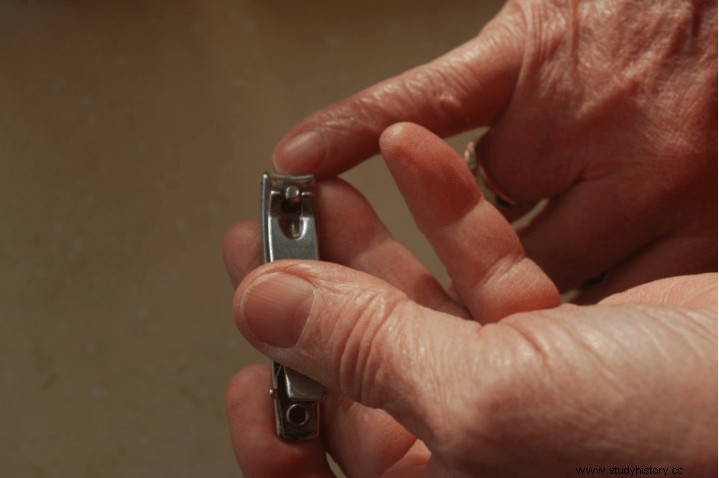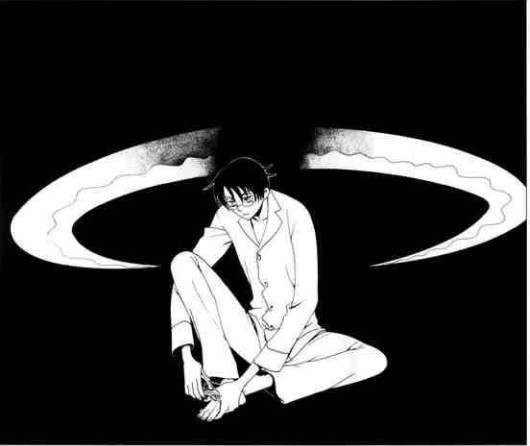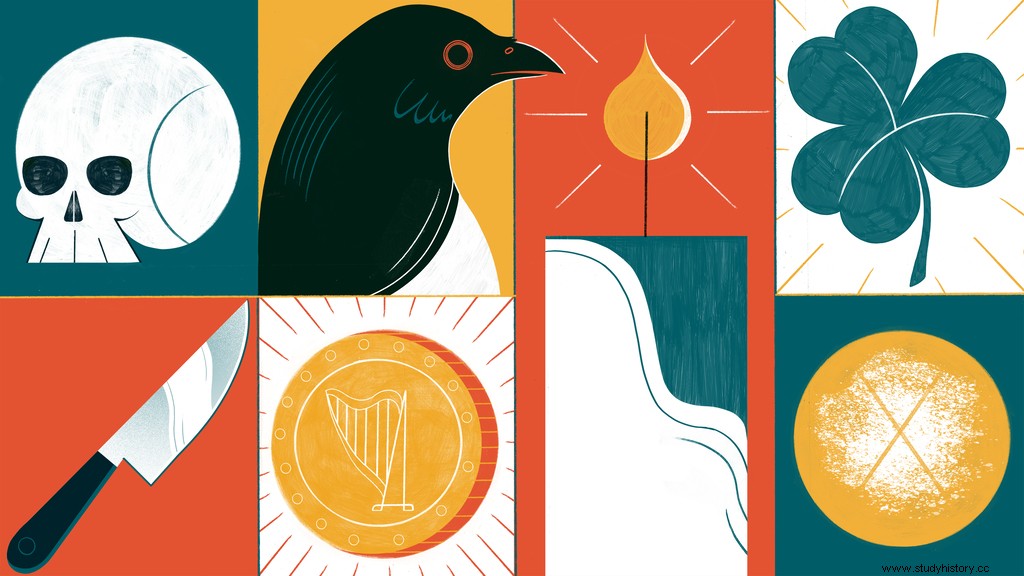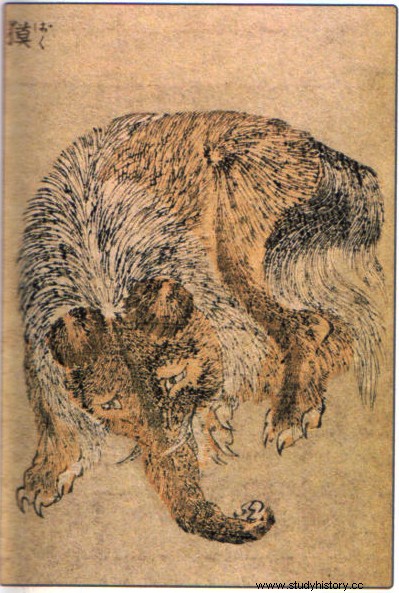Why are wives' stories told?
Many cultures have stories that are passed down through generations for various reasons. While some are just for fun, others are more informative. Many wives' stories are based on experiences and lessons the other generations want their children and grandchildren to learn. One of the stories Nepali children learn about is what happens when they cut their nails at night. After some research, it was clear that this wives tale is not only popular in Nepal and India, but also a story told to children in other Asian countries such as Japan. This ominous tale is for children who are steeped in history and fills listeners with good intentions. It is a great story for historians to learn about and dissect as well as gain an understanding of the everyday life of these early civilizations.

History of nail cutting
Wife's stories are an important part of our history that is worth talking about. Back in the old days, lamps and lights were scarce at night. They did not have enough resources as they lived in such an isolated part of the country. Gathering oil and other things needed for light was hard to come by and was only used at certain moments. The nail clippers also didn't look like they do now, when they were just knives and nothing more. The question lies in why something
Cutting your nails at night with something like this can be quite deadly. You can accidentally cut yourself too deep and make them bleed out all night. To prevent this from happening, parents will tell their children not to cut their nails or "something bad might happen" (Lamsal). Many times something will be their or their parents' death. Every South Asian country has its own version of this wives' tale, and each is equally intense.
India

Some say that based on the day you cut your nails, it will depend on what bad thing will happen.
“Cut them on Monday, you cut them for health;
cut them on Tuesday, you cut them for wealth;
cut them on Wednesday, you cut them for news;
cut them on Thursday, a new pair of shoes;cut them on Friday, you cut them for grief;
cut them on Saturday day, see your true love tomorrow;
cut them on Sunday, the devil will be with you all week. ” (Nail-clipping superstition)
This is a rhyme that ancestors sang to their families in parts of Asia to help them remember the importance of not cutting their nails at night. It is important to many people.
In many Asian countries there is an auspicious date and time for each event. Clipping nails is also one of them, although it may not seem like it. Cutting them during the evening is also not a good sign. The best time to cut nails is in the afternoon or morning.
Today, with greater access to lightweight and newer nail clippers that are less dangerous, the wives' tale is not so believed and people cut their nails at night, but some people continue to tell their children this story and believe the myth. The idea of such a story going down through time is quite impressive. The fact that so many people still believe in it and follow it is also amazing. It shows that some traditions never change.
Japan

This story is also known in Japan and was also part of a short story manga collection called xxxHolic. In this manga, there are many superstitious stories told in Japan and animated as real things. It's a pretty grungy story, but a good read for those with an interest in the supernatural. In this chapter, the protagonist denies the rumors and stories about what will happen if you cut your nails at night. When he goes to do so, he unknowingly invites the evil spirit that comes to take his life. Fortunately, the lady of the house manages to prevent the tragedy from happening, and the boy begins to believe in the old wives' tale.
Nail cutting theories
People claim that wife's stories are just fictional, but they are more than just that. There are many other reasons why you should not cut your nails at night. In some stories we hear the obvious about cutting too deep and bleeding to death. In other stories, it talks about inviting evil spirits into your body. No matter how you look at it, the chances of death are high in this story.
Even with advances in science and technology, there are still many cases where supernatural events occur. As Sadhve Vaithyanathan writes in his blog, "Even today, in the 'digital era' of the 21st century, there are so many observations on the very planet we live on that are mysterious." Although some of these mythologies are very long-standing, many of these stories are woven into our society in intricate ways. Many Asian ancestors created these stories based on real cases that we could relate to as "trial and error" experiments that scientists use to this day. Even with the scientific proof, how such a unique story could spread so far is another mystery.
Spirits &Death of the Wives' Tale Myth

There are many theories regarding the history of cutting the nails at night. The biggest claim is that cutting your nails at the "hell hour", 3 am, is when you are most likely to open the portal to spirits, when the physical and spiritual realms are at their thinnest. It is said that every part of the human body has become a part of our soul, and when we cut our nails and "discard" the soul, it encourages the evil spirits to take the rest of the soul with them to the other world.
Although many people would still take chances with spirits, people still fear their death from the logical point of history. Cutting your nails in a dark or dimly lit room was the most common way to cut your nails, and having poor visibility can cause you to cut your nails too short and into your skin, perhaps even cutting a nerve. Okay, so let's say you're cutting your nails in front of a well-lit flame? In this case, many fear that the nail will fly and fall into blazing flames, which may be harmless, but still not the best situation to be in. The dangers of lighting a fire in the desert are already a risk, but thought to send a message if invitation to death is not easy to sleep through.
Different countries, same story
A question to ask is how can different cultures all believe the same story when they have never even interacted with each other?

Although time has caused some lines of history to blur, many still believe these myths to be true as time has passed. The culture of the people of Asia at that time was different and in poor condition. Many of the inhabitants did not earn enough to afford luxuries such as oil for purposes other than cooking. Interaction between different communities of people also helps spread norms, beliefs, culture, and in this case wives' stories (Smith). Although all these communities in Asia believe in the same story, each region has its own version. The internal details may differ, but the main summary of the story always remains the same.
What does culture have to do with wives' stories?

Every culture in every country is different. In Asia, even the same country will have many cultures within it. In ancient times when stories were passed down, they were also moved from one community to another. Many groups of people would travel far and wide to sell and trade their goods with those of other nations. While material goods were the main item of trade, tales and stories would also circulate and people would trade them between their groups. People retelling the stories helped spread it from one country to another, as a merchant would retell them to another and keep them going.
The version that each country tells this tall tale signifies the different cultures from which each tale originates. In countries like Japan, where scary stories and horror fanatics are common, there are more gruesome versions of the story that are more descriptive than just "not seeing the death of parents". In India and Nepal, they relate it to spiritual causes, saying "cutting your nails at night will make you lose your luck in some way." South Asian countries are very religious and spiritual and this was the best way to convince people to follow the instructions in this wives tale.
Religion and myth
How are religions and myths related to each other? They are both stories about things that happened a long time ago due to supernatural events. Religion is followed by many people across national borders who believe in a higher power and what they have to give us. Myths are stories parents tell their children that are passed down and spread around. Sometimes the family and society agree with the story and follow it. Other times, people throw them out and forget about them. Both are in some ways one and the same.

All over the world spirits are very popular and you can find them everywhere. Spirits are written or told about in every culture and there is a spirit and deity/God for everything. From a Goddess of Fortune known as Laxmi to a spirit that eats away your bad dreams called Baku. Spirits have many links to stories told to children in the form of bedtime stories. These spirits are mostly harmless and just like to cause trouble. Sometimes they come in a more dangerous form, as we can see from the spirit that is going to end the life of anyone who dares to cut their nails at night.
It seems strange to label such an everyday thing as such a dangerous task, but people always have a reason for doing what they do. Creating a spirit that takes life from anyone who defies him seems to be extremely tough for us in our day and age. Sometimes it is necessary to do the extreme.
Cultural meaning in anthropology
The main issue of this blog is to discuss why wives' stories are important in anthropology.
Myths are an important part of our history. They help define our communities and our cultures from years ago. It helps to bring together people from different backgrounds and share stories that are full of knowledge. It shows the compassion that families have for each other. Knowledge travels far and wide, especially when it's as important a lesson as wives' tales tend to be.
We can learn a lot of important information based on the experiences of our ancestors as they go down in time. Many times this information comes in the form of wives' stories as a way to entertain children and teach them to follow these life lessons as well. Historians can dissect these stories and find so many valuable life lessons embedded in them.
Why do Asians consider such an innocent tool to be so deadly? Why was this one narrative of such little importance so important to such a large community of people? These are just some of the questions that anthropologists will ask when they hear and learn about these random-sounding wives' stories, but there is always more than meets the eye. As they say, there is more to a story than meets the eye. This story is very telling in the quote as we have only begun to scratch the surface of these mythologies and heavenly spirits.
